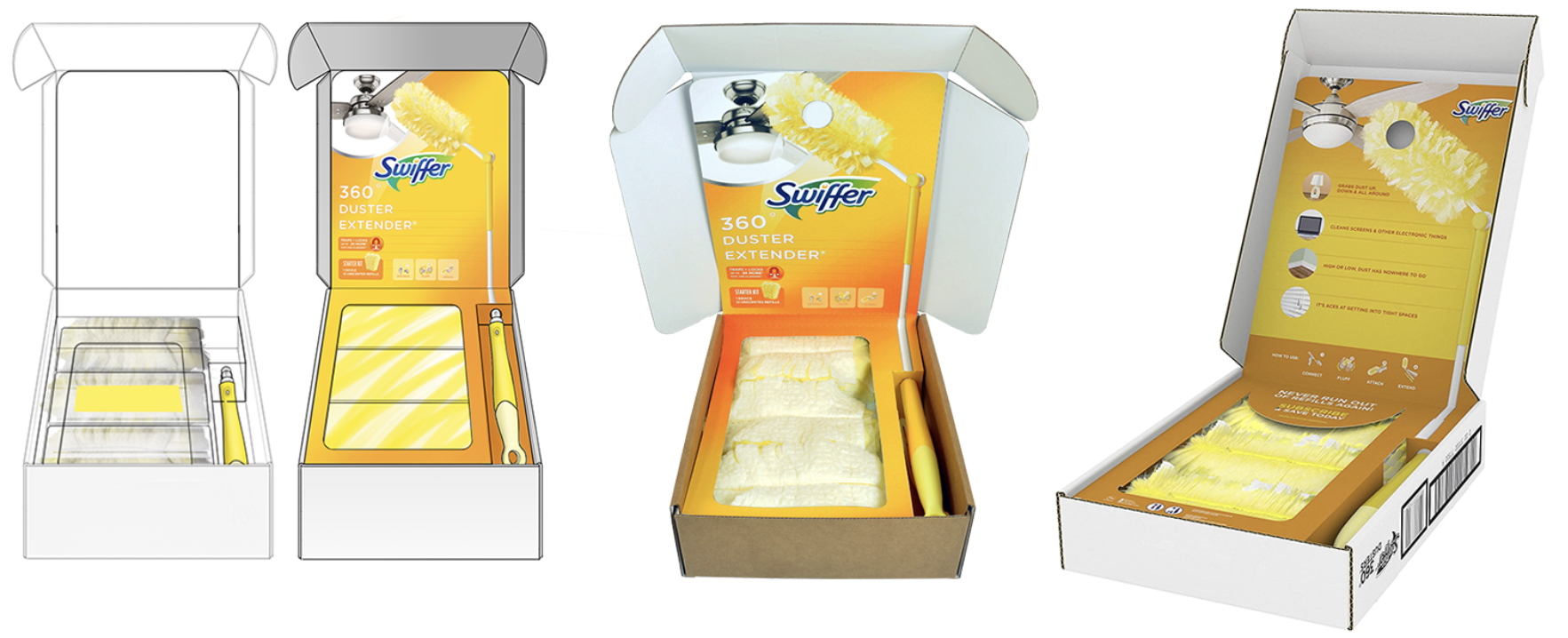Selecting a good hardware development partner can be crucial to the success of your project and company. The number of times a client comes to us after having a bad experience with another firm or agency is more frequent than anyone would like.
With the number of options on the market, knowing who to trust can be tricky. Some founders are swayed by lowest prices, only to be disappointed with the quality of work. Others are initially dazzled by fancy pitch decks and proposals, but then ultimately things get stalled, and they’re left without a manufacturable product or the proper documentation to take the design elsewhere.
About 15%–20% of our new business comes from one of these two scenarios. Of course, we appreciate the projects that come out of this referral process, and getting a partner out of a bind feels good, but the amount of wasted resources and time from this cycle is something we’d like to see avoided.
With this in mind, we’re sharing the four red flags to be mindful of when choosing a hardware development partner. For all the early founders and CEOs out there, we hope this helps!
#1: Getting a fixed-rate quote before they know the project scope
If the rate is fixed before they even take the time to know what your project entails, you’re pretty much guaranteed to be paying for process and discovery work that may not be required.
#2: “Free” engineering work from their factory
Nothing is really free. Beware of any engineering work that purports to be free. This typically means you’re locked into working with this factory long term, and they’ll make it hard, if not impossible, to move factories or hand over the engineering data.
#3: Twenty-page proposals
In a nutshell, you’re likely overpaying for razzle dazzle! Chances are much of it is boilerplate verbiage, but at any rate, in this instance, often less is more. You want to look for clarity and transparency, not 20 pages of fluff.
#4: None of their example projects have made it to market
This red flag is typically a sign that they don’t design for manufacturing (DFM). The key is to do your research on the front end and not find this out the hard way too late in the process after spending your money on just a beautiful design.
This guest blog post was written by Sam Holland, the co-founder at informal. informal is a freelance collective for the most talented independent professionals in both hardware and hardtech. Whether you’re looking for a single contractor, a full-time employee, or an entire team of professionals to work on everything from product development to go-to-market, informal has the perfect collection of people for the job. Reach out today to learn how informal can help you develop your hardware product.



